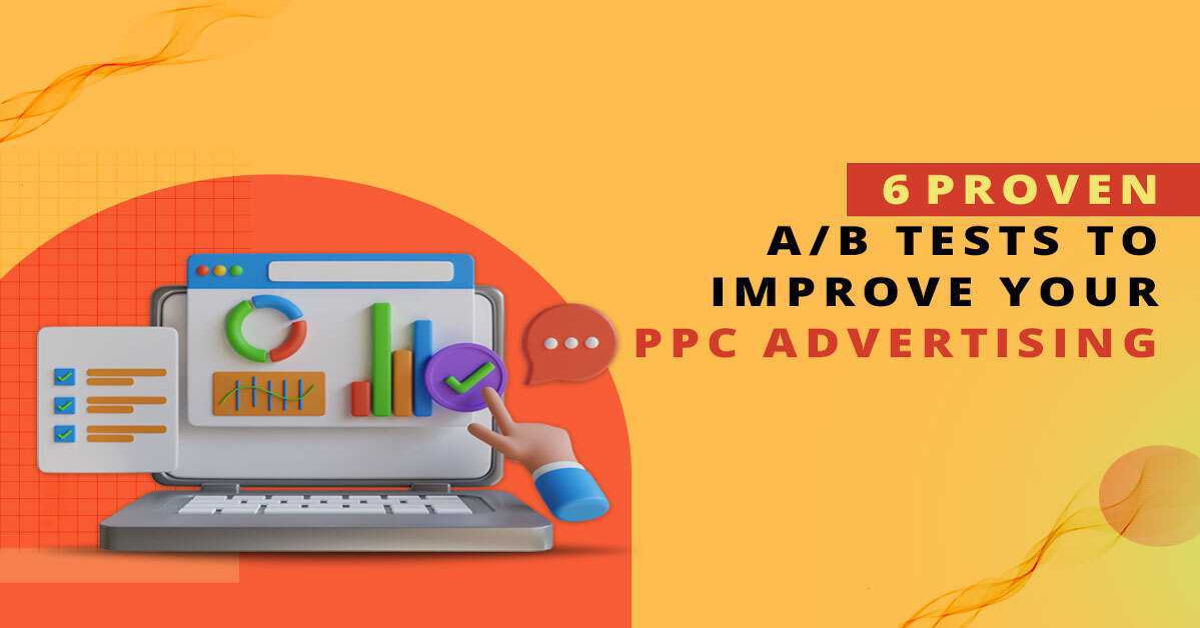By comparing different versions of ads, landing pages, or other elements, you can identify what works best and make data-driven decisions to enhance performance. Here are six proven A/B tests to help you improve your PPC advertising.
1. Test Different Ad Headlines
Headlines are one of the most crucial elements of your PPC ads. They capture attention and influence click-through rates (CTR). Testing different headlines can reveal which phrasing resonates most with your audience.
- Test Variations: Try headlines with different emotional appeals, benefits, or calls-to-action. For example, compare “Save 20% on All Orders Today” with “Get 20% Off – Limited Time Offer.”
- Analyze Results: Measure which headline drives higher CTR and conversions. Use this insight to craft headlines that attract more clicks and lead to better performance.
Example: For a clothing store, you might test “Trendy Summer Dresses – Shop Now” against “Summer Dresses Sale – Up to 50% Off.”
2. Compare Ad Descriptions
Your ad description provides additional information and can influence the decision to click. A/B testing different descriptions helps identify which messaging drives more engagement.
- Test Variations: Experiment with different selling points, offers, and calls-to-action. For instance, compare “Free Shipping on Orders Over $50” with “Get Free Shipping Plus a Gift on Orders Over $50.”
- Analyze Results: Look at metrics such as CTR and conversion rates to determine which description is more compelling.
Example: For a travel agency, test “Book Your Dream Vacation Today” versus “Exclusive Deals on Dream Vacations – Book Now.”
3. Experiment with Calls-to-Action (CTAs)
The CTA directs users on what to do next, making it a key component of ad effectiveness. Testing different CTAs can help you find the most effective way to drive conversions.
- Test Variations: Try different phrases like “Buy Now,” “Learn More,” “Get Started,” or “Sign Up Today.”
- Analyze Results: Determine which CTA leads to higher click-through and conversion rates. Use the winning CTA in your campaigns.
Example: For a software company, compare “Request a Free Demo” with “Start Your Free Trial Now.”
4. Optimize Ad Extensions
Ad extensions provide additional information and increase the visibility of your ads. Testing different types and combinations of ad extensions can improve performance.
- Test Variations: Experiment with different extensions such as site links, callouts, and structured snippets. For example, compare using site links to “Product Features” versus “Customer Reviews.”
- Analyze Results: Measure the impact of different extensions on CTR and conversion rates to identify the most effective combinations.
Example: For a local restaurant, test extensions for “Menu,” “Special Offers,” and “Location” versus just “Menu” and “Location.”
5. Test Different Landing Pages
The landing page is where users land after clicking your ad, and its design and content can significantly affect conversion rates. A/B testing different landing pages helps find the most effective layout and messaging.
- Test Variations: Experiment with different headlines, layouts, calls-to-action, and forms. For example, compare a landing page with a long-form content versus a concise, focused page.
- Analyze Results: Evaluate metrics such as bounce rate, conversion rate, and time on page to determine which landing page performs better.
Example: For a lead generation campaign, test a landing page with a simple form against one with a more detailed form to see which results in more conversions.
6. Experiment with Targeting Options
Targeting options such as keywords, demographics, and geographic locations can affect ad performance. Testing different targeting strategies helps you find the most effective audience segments.
- Test Variations: Experiment with different keyword match types (broad, phrase, exact), audience demographics, and geographic locations. For example, compare targeting “shoes” broadly versus “buy running shoes.”
- Analyze Results: Review CTR, conversion rates, and cost-per-click (CPC) to determine which targeting options yield the best results.
Example: For an e-commerce store, test targeting users interested in “outdoor gear” versus “camping equipment” to see which segment converts better.
Conclusion
A/B testing is an essential practice for optimizing PPC advertising campaigns. By systematically testing different elements such as ad headlines, descriptions, CTAs, ad extensions, landing pages, and targeting options, you can make data-driven decisions to improve your campaign performance. Implement these proven A/B tests to refine your PPC strategy, enhance user engagement, and ultimately achieve better results.
Remember, successful A/B testing involves continuous experimentation and analysis. Regularly review your test results, implement winning strategies, and keep testing new variations to stay ahead in the competitive world of PPC advertising.

